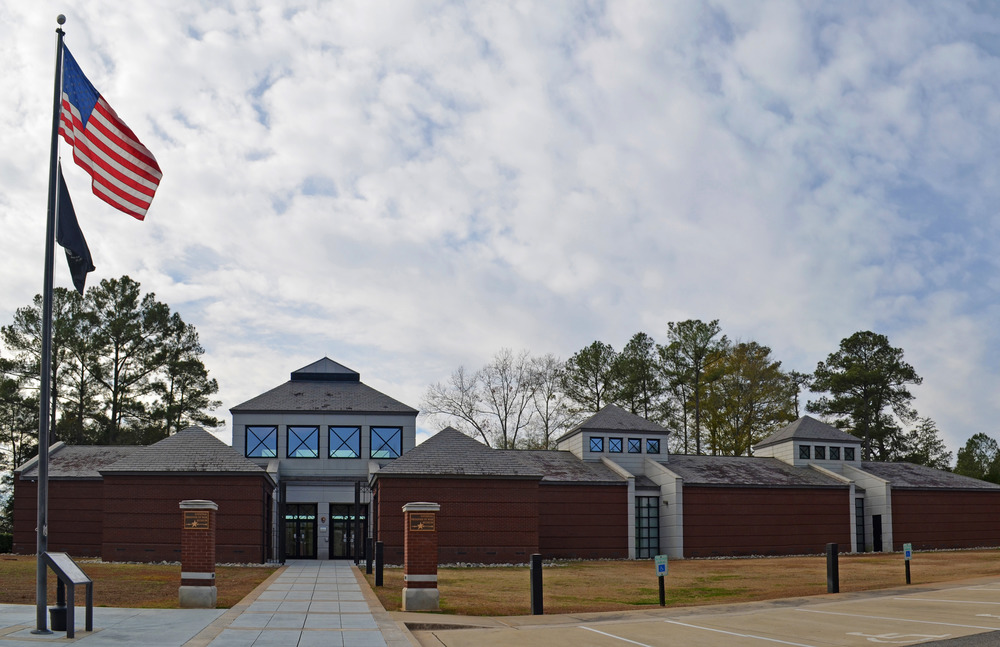National POW Museum at Andersonville
By NPT Staff on February 5th, 2018
On Sunday, April 8, former POWs, veterans, and others will gather at Andersonville National Historic Site in Georgia to commemorate the 20th Anniversary of the National Prisoner of War Museum. Featured speakers will include Seymour Lichtenfeld, held prisoner by Germany during World War II, and David Eberly, a former POW during Desert Storm.
Mr. Lichtenfeld served his country as a U.S. Army rifleman in both airborne and combat infantry units during World War II. During the Battle of the Bulge, his unit was surrounded. After three days, with no food or ammunition left, he was captured on December 19, 1944. He spent more than five months as a prisoner of war in Germany. He has been awarded the Combat Infantryman’s badge, Purple Heart, Bronze Star, Prisoner of War Medal, World War II Battle of the Bulge Medal, European Theater of Operations Medal with three battle clusters, and many others.
Colonel (ret) Eberly was the senior-ranking Allied Prisoner of War in Baghdad during the Gulf War in 1991. He served as a U.S. Air Force airman and participated in the initial air strike into Iraq. On January 19, 1991, his Strike Eagle was shot down. After evading the enemy for three nights, he was captured and held prisoner for 43 days. He has been awarded the Distinguished Flying Cross, Bronze Star, Purple Heart, and many others.
On Sunday, April 8, the park will honor the sacrifices and service of Mr. Lichtenfeld, Colonel (ret) Eberly, and other former POWs and veterans. Activities begin at 1:30 p.m., when the U.S. Army Maneuver Center of Excellence Ceremonial Band will perform. At 2 p.m., Mr. Lichtenfeld and Colonel (ret) Eberly will share their stories during a commemorative ceremony.
Other planned activities include a performance by the Lee County High School Military Drill Team; a Survival, Evasion, Resistance, and Escape (SERE) program; a military flyover; and display of a UH-1 Huey helicopter. All activities are free and open to the public.
Andersonville National Historic Site is located 10 miles south of Oglethorpe, Georgia, and 10 miles northeast of Americus, Georgia, on Georgia Highway 49. The national park features the National Prisoner of War Museum, Andersonville National Cemetery and the site of the historic Civil War prison, Camp Sumter. Andersonville National Historic Site is the only national park within the National Park System to serve as a memorial to all American prisoners of war. Park grounds are open from 8 a.m. until 5 p.m. The National Prisoner of War Museum is open 9:30 a.m. to 4:30 p.m., daily. Admission is free.












